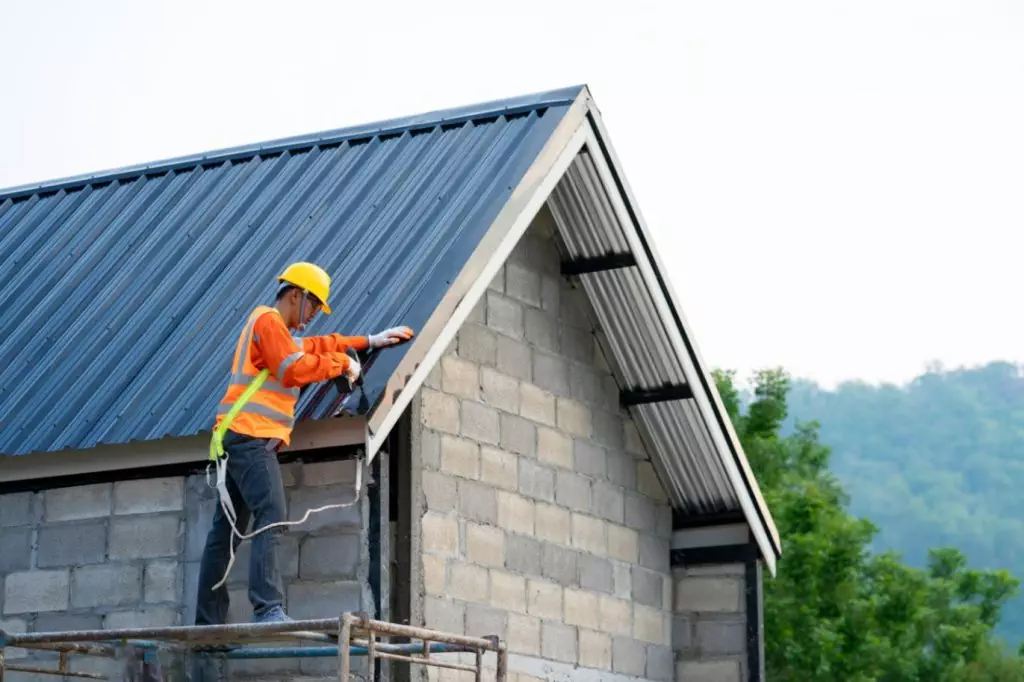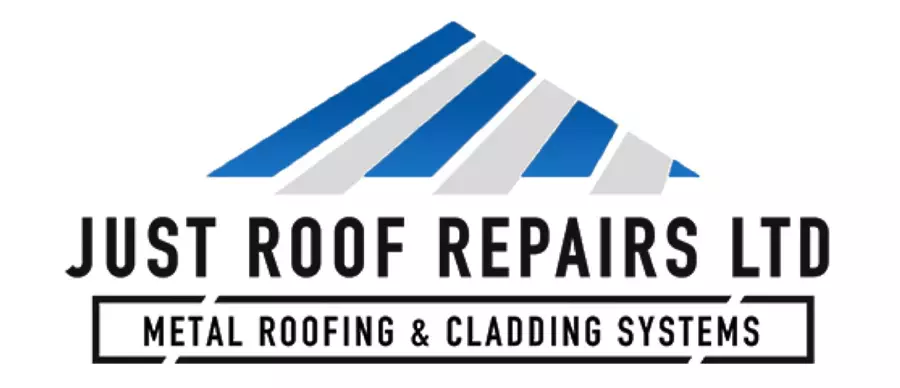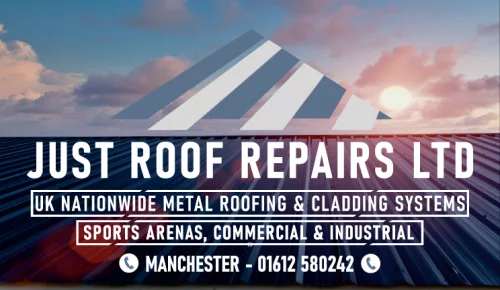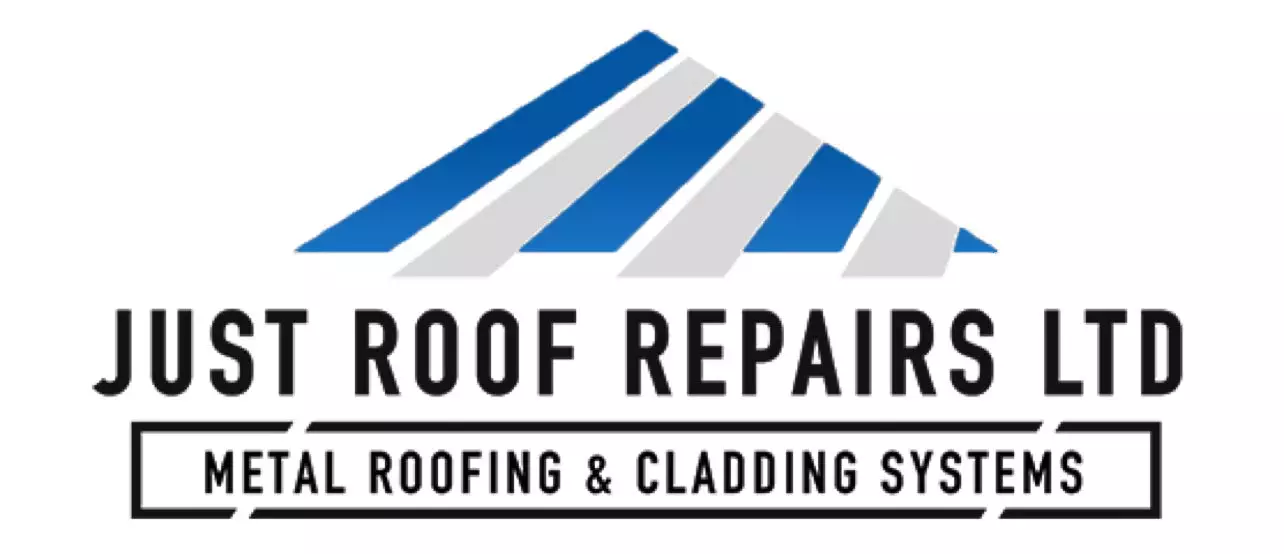When considering metal roof cladding for your business, it is crucial to weigh both its advantages and disadvantages carefully. While it offers impressive durability and energy efficiency, the initial costs can be a concern. Additionally, the environmental impact of its production should not be overlooked. Understanding these factors can help you make an informed decision about whether metal roof cladding aligns with your operational goals and budget.

Overview of Metal Roof Cladding
When considering roofing options, metal roof cladding stands out due to its durability and modern aesthetic. Various metal types, such as aluminium, steel, and copper, offer distinct benefits based on your specific needs.
Aluminium is lightweight and corrosion-resistant, while steel provides exceptional strength and longevity.
Installation methods can vary, including standing seam and corrugated panels, each offering unique advantages regarding weather resistance and ease of maintenance.
Standing seam roofs utilise interlocking panels that create a watertight seal, reducing leak risks. On the other hand, corrugated panels are often more cost-effective and simpler to install.
Understanding these options helps you make informed decisions about the best metal roof cladding for your project.
Advantages of Metal Roof Cladding
Metal roof cladding offers several advantages that make it an appealing choice for both residential and commercial buildings.
Durability and Longevity
Metal roof cladding provides exceptional resistance to harsh weather elements, including heavy rain, snow, and high winds. This durability translates into a considerably longer lifespan compared to traditional roofing materials, often exceeding 50 years with proper maintenance.
Resistance to Weather Elements
Metal roof cladding stands out for its exceptional resistance to weather elements, ensuring durability and longevity. It is engineered with weatherproof materials that can withstand harsh conditions, including heavy rain, snow, and hail. Its storm resistance is particularly notable, as metal roofs are less likely to sustain damage during severe weather events compared to traditional roofing materials.
Lifespan Compared to Alternatives
A metal roof can easily outlast traditional roofing options, with a lifespan of 40 to 70 years, depending on the specific materials used. In a lifecycle analysis, metal roofs require less maintenance and have fewer replacements compared to asphalt shingles or wood. While asphalt generally lasts 15 to 30 years and wood can last 20 to 40 years, they often necessitate repairs and replacements due to weather damage.
Aesthetic Appeal
Metal roof cladding provides design versatility, allowing it to complement various architectural styles seamlessly. With a wide range of colour and finish options available, you can customise your roof to improve the overall aesthetic of your building.
Modern Design Versatility
Its versatility allows for contemporary aesthetics or traditional finishes, giving freedom in material choices such as steel, aluminium, and copper.
Colour and Finish Options
Available in bold hues, subtle pastels, matte, glossy, or textured finishes, metal roofs can improve a property’s curb appeal while complementing the building’s architectural style.
Energy Efficiency
Because metal roof cladding reflects solar heat rather than absorbing it, it significantly improves energy efficiency in residential and commercial buildings. This reflective property helps maintain cooler indoor temperatures, leading to significant energy savings on cooling costs, especially during hot months.
Cost Considerations
When considering metal roof cladding, it is essential to evaluate the initial investment alongside the long-term savings it can provide. While installation costs for metal roofs can be higher than traditional materials, their durability and lifespan often offset this upfront expense. Additionally, their reflective properties can lower energy bills, contributing to long-term savings.
Maintenance Requirements
To guarantee optimal durability, a preventive maintenance schedule should be followed. Regular inspections—ideally twice a year—help identify potential issues like rust, loose seams, or damaged fasteners before they escalate. Cleaning debris and checking drainage systems can prevent water accumulation, reducing the risk of leaks and corrosion.
Environmental Impact
Metal roofs are often made from recycled materials, enhancing their sustainability. Their longevity—often lasting over 50 years—reduces the frequency of replacements, minimising waste. Furthermore, metal roofs boast high recycling potential, as they can be repurposed into new products, reducing landfill contributions.
Final Thoughts on Metal Roof Cladding
As you consider metal roof cladding for your building, it is crucial to evaluate its overall performance and suitability for your specific needs. Understanding the latest installation techniques can help ensure a durable, weather-resistant roof that meets industry standards.
Whether you prioritise energy efficiency, longevity, or maintenance, metal cladding can be an excellent option if it aligns with your business goals. Ultimately, weigh the benefits and drawbacks carefully and consult with professionals to make an informed decision that supports your operational requirements and budget constraints.
Frequently Asked Questions
How Does Metal Roof Cladding Perform in Extreme Weather Conditions?
Metal roof cladding excels in extreme weather conditions. Its extreme temperature resilience means it can withstand intense heat and freezing cold without warping or cracking. Additionally, its hail impact resistance protects against damage from severe storms, ensuring long-lasting durability.
Can Metal Roof Cladding Be Installed Over Existing Roofing Materials?
Yes, you can install metal roof cladding over existing roofing materials, which offers several benefits, including cost and labour savings. However, it is essential to ensure the structural integrity of your current roof and proper ventilation to prevent moisture build-up.
What Types of Metal Are Commonly Used for Roof Cladding?
Common metals used for roof cladding include aluminium, steel, and copper. Aluminium is lightweight and corrosion-resistant, making it ideal for coastal areas, while steel offers strength and longevity. Galvanised steel and stainless steel provide additional protection against rust and wear.
Does Metal Roof Cladding Require Special Tools for Installation?
Yes, metal roof cladding requires specific tools for installation, such as metal snips, drills, rivet guns, and sealants. Safety equipment, including harnesses and goggles, is also necessary to ensure a secure and efficient installation process.
Are There Fire Safety Ratings for Metal Roof Cladding?
Yes, metal roof cladding has fire safety ratings, typically classified as Class A, B, or C, with Class A being the most fire-resistant. Choosing metal roofing that meets these standards is particularly important in high-risk fire areas to enhance property safety.
Conclusion
To summarise, metal roof cladding can be a smart investment for your business, offering durability, energy efficiency, and low maintenance. While the initial costs may be higher than traditional roofing materials, the long lifespan and reduced cooling expenses often justify the expense. However, it is crucial to weigh your specific needs and preferences against potential drawbacks, such as the environmental impact of manufacturing. Ultimately, your decision should align with your business goals and budget considerations.


